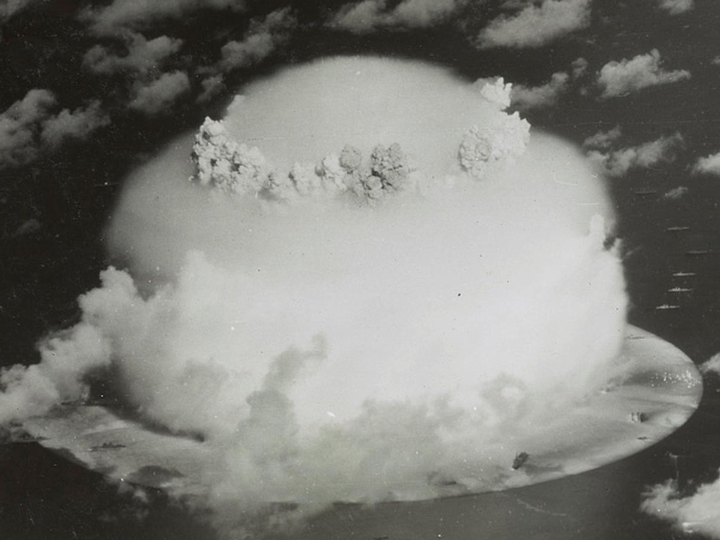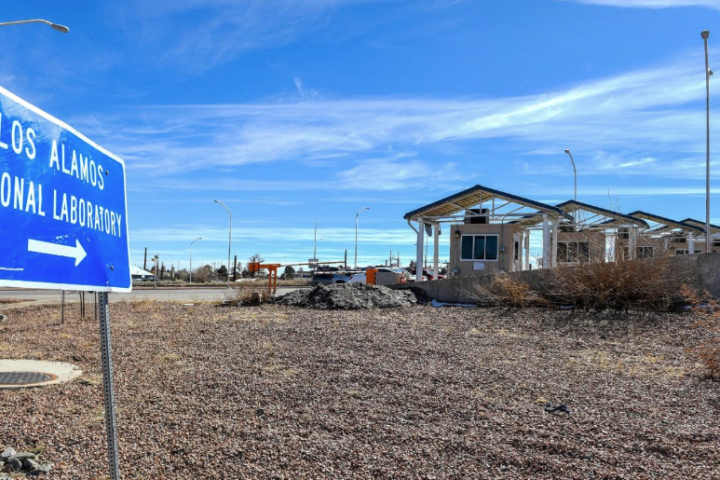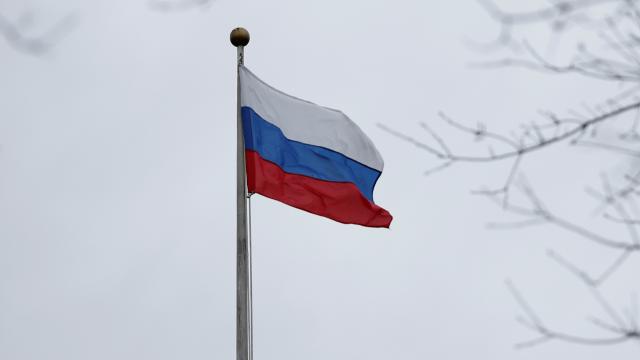Australian scientists have developed a method that makes it possible to definitively separate earthquakes from underground nuclear tests.
Researchers from the Australian National University said that by improving standard mathematical and statistical methods for evaluating seismic data, they were able to distinguish between nuclear tests and earthquake tremors 99 percent of the time. This rate was previously 82 percent.
Mark Hoggard, lead author of the study published in the scientific journal Geophysical Journal International on February 7, said that with the new method, they were able to separate seismic data from earthquakes 99 percent of the time for 140 nuclear tests conducted by the US.
Hoggard also said that similar results were obtained in the data of 6 nuclear weapons tests carried out by North Korea in 2006-2017.
The high energy released in underground earthquakes or explosions creates body waves and surface waves. Body waves travel through the ground, propagating in all directions from the source of the seismic event. Surface waves propagate parallel to the Earth’s surface.
Hoggard said that with the new method, the movements of these wave types can be calculated more precisely and that underground nuclear tests and earthquakes can be accurately distinguished from each other.
Pointing out that they are only improving the existing statistical system, Hoggard said, “You don’t need any new equipment. You don’t need to launch new satellites. We just use standard seismic data.”
“It is also suitable for real-time tracking,” Hoggard said, noting that their method yields very fast results.





